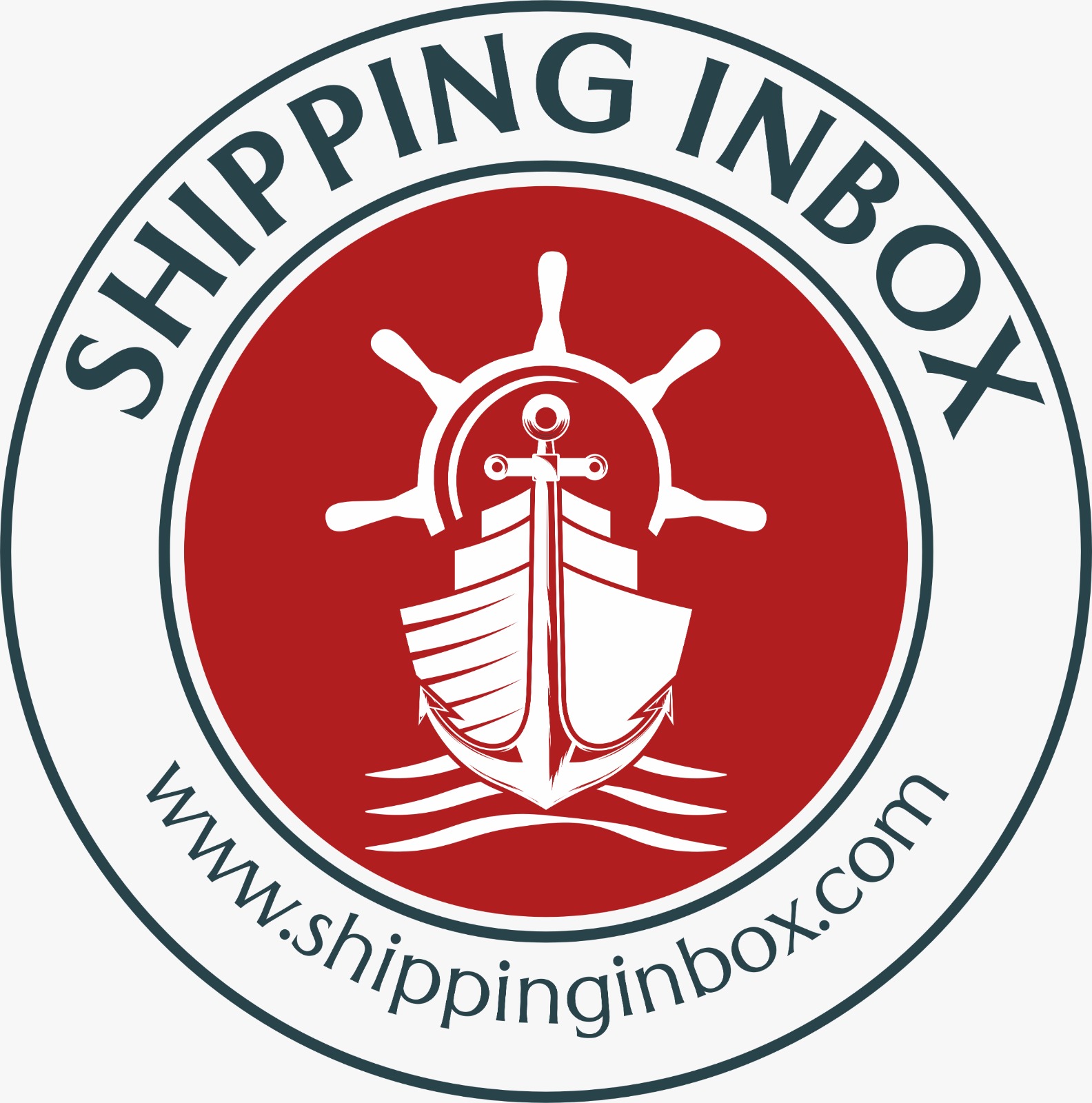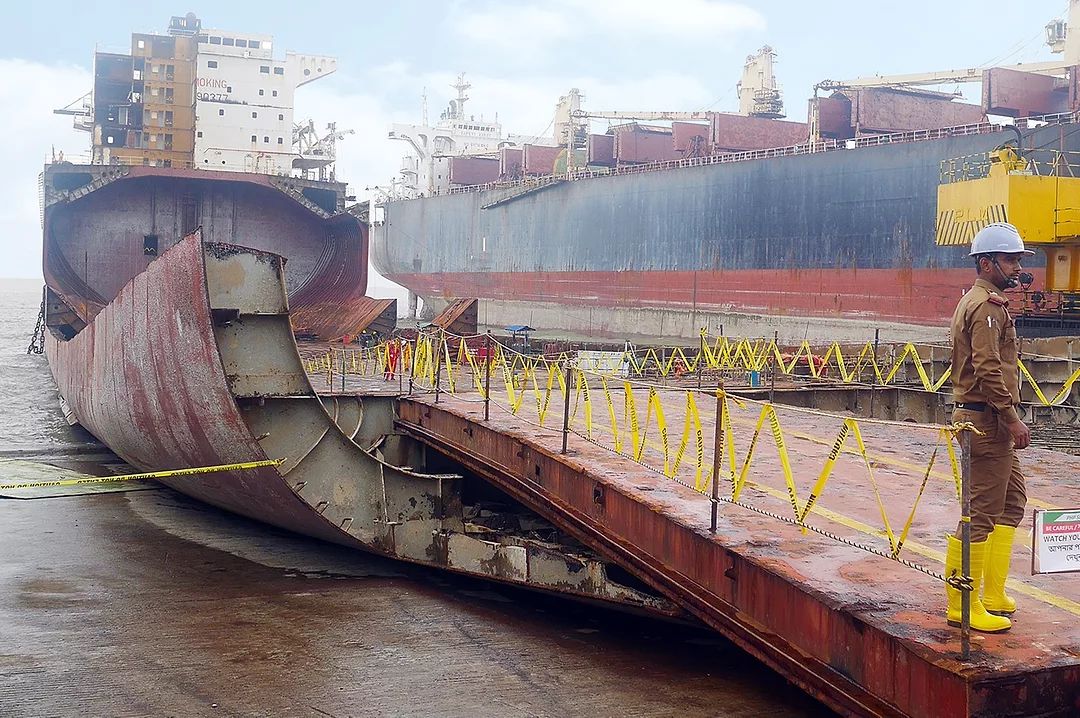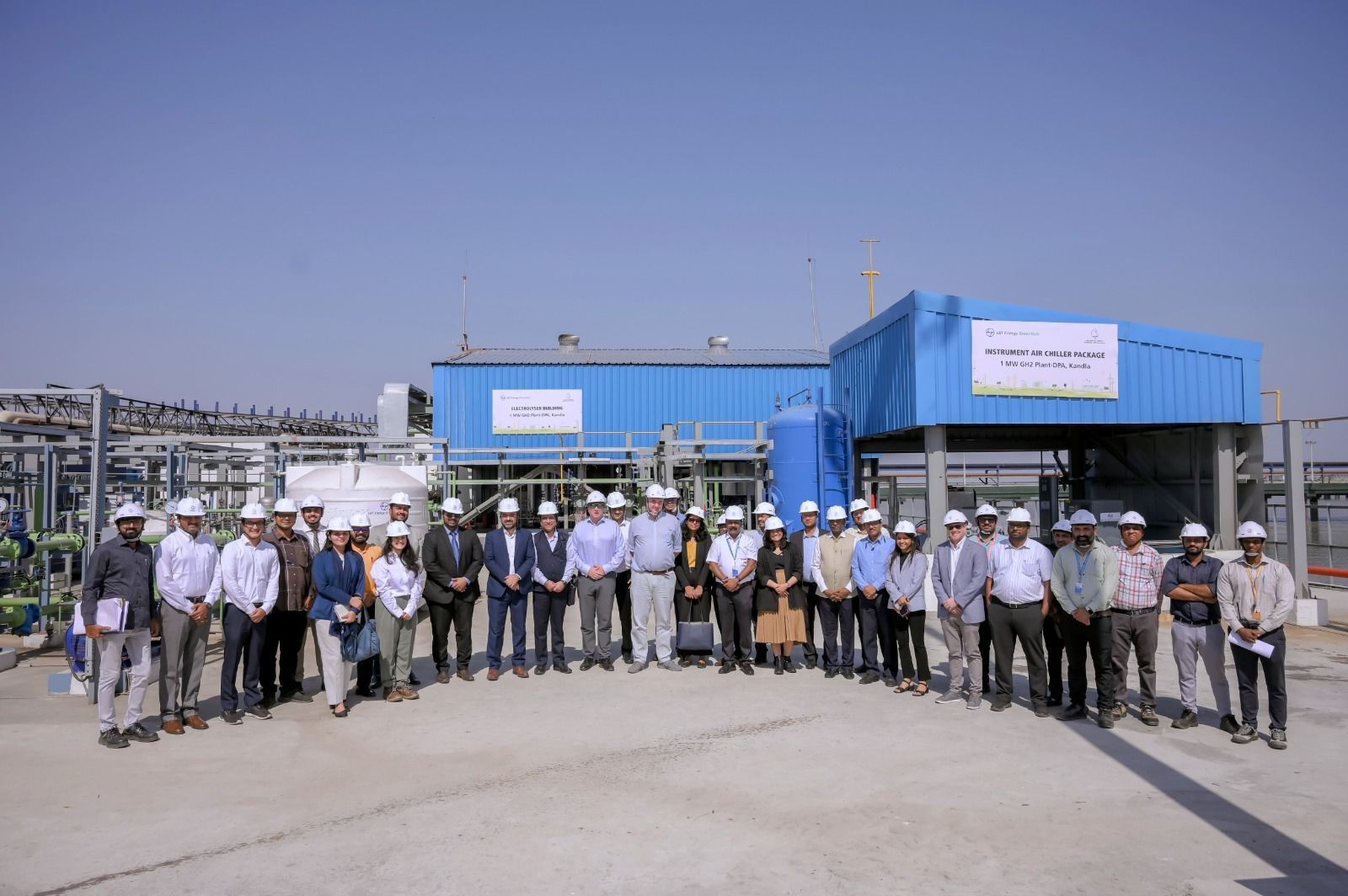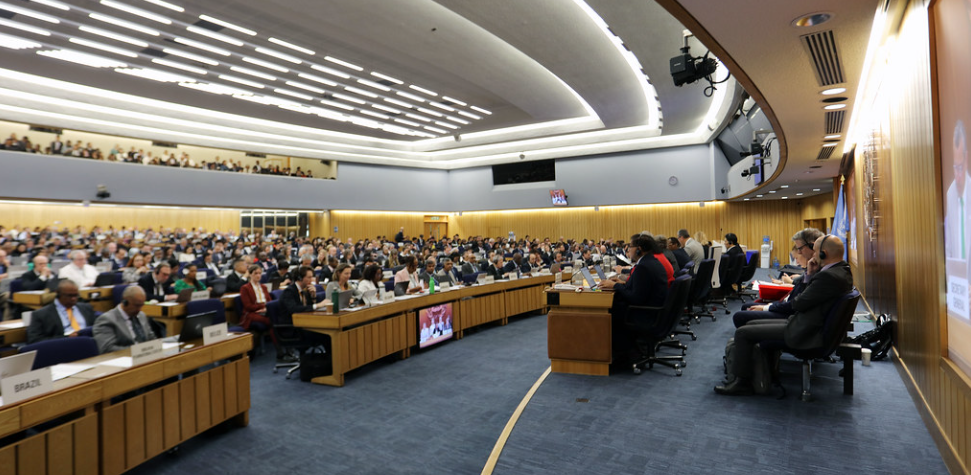Trump Administration Shields Domestic Ship Operators From China-Targeted Port Fees in Bid to Revive U.S. Shipbuilding
In a major development aimed at bolstering the American shipbuilding industry, the Trump administration on Thursday unveiled a scaled-back version of its proposed tariffs targeting Chinese-built vessels. The new policy, issued by the Office of the United States Trade Representative (USTR), exempts domestic exporters and operators serving the Great Lakes, Caribbean, and U.S. territories from sweeping new port fees initially proposed earlier this year.

The announcement, published in the Federal Register, marks a strategic recalibration of the administration’s earlier plan to impose port entry fees of up to $1.5 million per visit on ships built in China. That proposal, floated in February, rattled global shipping stakeholders and drew sharp warnings from international trade bodies.
Instead, the final measure adopts a tiered fee structure aimed squarely at Chinese-built vessels and their operators. Fees will be based on the type of vessel and its cargo load, while avoiding a blanket penalty approach that could have upended U.S. export logistics.
“China has largely achieved its dominance goals, severely disadvantaging U.S. companies, workers, and the U.S. economy,” the USTR said in a statement accompanying the notice.
Under the new scheme, bulk carriers owned or operated by Chinese companies will be charged $50 per ton of cargo starting immediately, with this fee rising by $30 annually for the next three years. Container ships built in China will pay $18 per ton or $120 per container, also on an escalating annual schedule.
For vessels transporting cars, a fee of $150 per vehicle will be levied. However, all affected ships will only be charged once per voyage and not more than five times annually, a concession that appears to be aimed at mitigating the financial shock to international operators.
Notably, vessels arriving empty to pick up U.S. bulk exports like coal or grain are excluded from the fees, a move that could help preserve American export competitiveness in global commodity markets.
Moreover, ships operating strictly between U.S. domestic ports, or between U.S. ports and territories such as Puerto Rico and the U.S. Virgin Islands, are also exempt. Canadian and U.S. vessels calling at ports in the Great Lakes will similarly avoid the new fees, shielding key regional economies from collateral damage.
Narrower Scope but Strategic Intent
The original February proposal also included plans to tax fleet owners based on the number of Chinese-built ships they operated or had on order—those provisions have been dropped from the final rule.
Still, the administration made clear that Thursday’s announcement is only the beginning. The USTR revealed a second phase of action will begin in 2028, designed to give preferential treatment to U.S.-built ships that transport liquified natural gas (LNG). That phase will phase in over 22 years, signaling a long-term strategy to shift global shipping infrastructure back toward American manufacturers.
“This is about reshoring industrial capacity and correcting years of imbalance that have hollowed out our shipyards,” a senior White House official said, speaking on condition of anonymity.
Trade Fallout and Global Impact
While the policy adjustments may ease some fears within the U.S. shipping industry, international trade experts warn that the broader impact of Trump’s trade agenda is beginning to disrupt global supply chains.
President Trump’s return to the White House in January has brought with it an aggressive resumption of protectionist policies. New tariffs on Chinese goods now reach up to 145%, with some products facing effective combined tariffs of 245% when added to existing levies. A flat 10% import tariff on goods from all other countries remains in place until at least July.
These measures have already begun shifting global trade routes. According to Marco Forgione, Director General of the UK-based Chartered Institute of Export & International Trade, U.S.-bound cargoes from China are being rerouted to European ports.
“We’ve seen a lot of diversion of ships from China, that were due to head to the U.S., diverting and coming to the UK and into the EU,” Forgione said.
In the first quarter of 2025 alone, Chinese imports to the UK rose by 15%, and by 12% into the broader European Union, reflecting how quickly global trade patterns are reacting to the Trump administration’s tariff wall.
Forgione warned that the result is increased port congestion across Europe, particularly in the UK, where shipping infrastructure is now grappling with an unexpected influx of cargo.
“That’s a direct impact of what President Trump is doing,” he noted. “Uncertainty and increased disruption push up prices for consumers.”
Political and Economic Calculations
While critics decry the potential for inflation and international retaliation, Trump’s supporters argue the new policies are a necessary step to rebuild America’s industrial base and reduce dependence on Chinese manufacturing.
The decision to shield domestic exporters and regional operators from the new port fees appears to be an effort to balance protectionism with economic pragmatism, targeting foreign dominance without inadvertently harming U.S. trade routes and businesses.
Whether the policy ultimately revitalises U.S. shipbuilding remains to be seen, but the administration’s phased approach suggests a long-term commitment to reconfiguring the nation’s maritime economy—even if it comes with short-term global friction.
Author: shipping inbox
shipping and maritime related web portal








